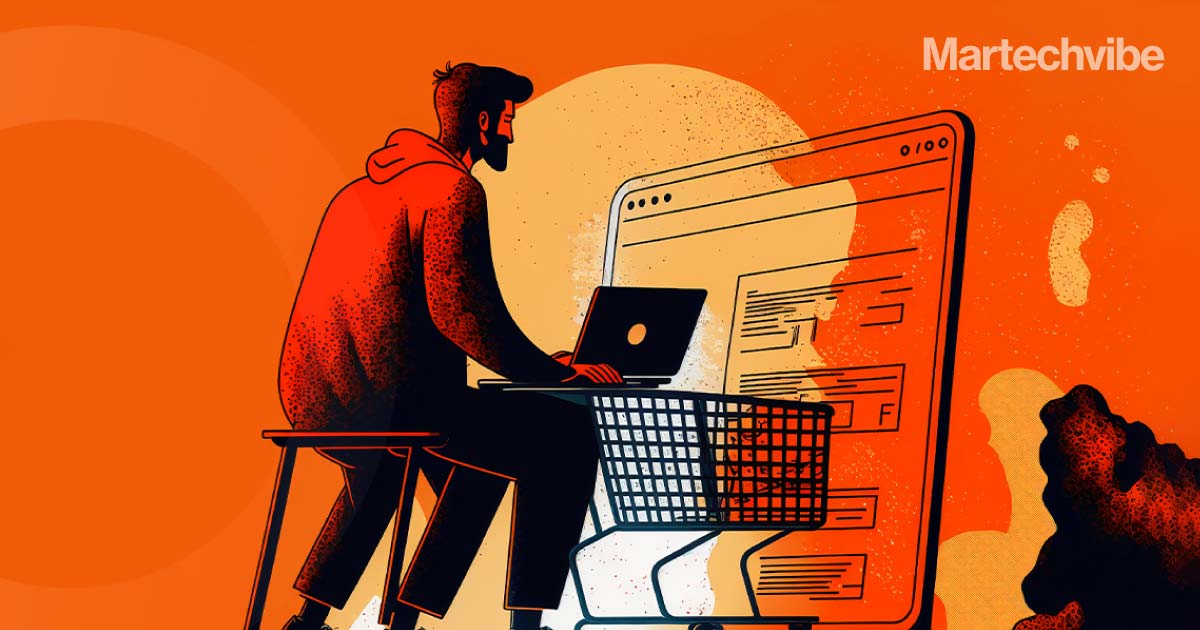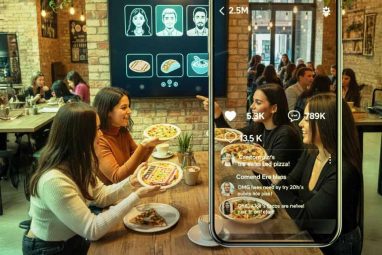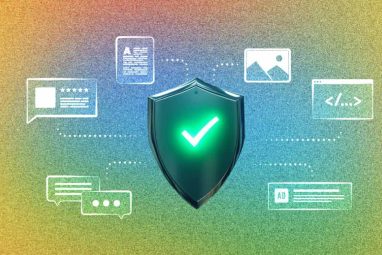Smiles Matter, But The Real Loyalty Win is to Stay Relevant
While retaining customers is a key marketing objective, the ultimate challenge lies in remaining pertinent and understanding customer needs.
Topics
What to Read Next
- TripleLift Announces Partnership with Attain to Unify Context and Commerce
- Seedtag Partners with IRIS.TV to Expand Contextual Signals for CTV Targeting
- Magnite, Cognitiv Announce Deep Learning Integration for Real-Time Curation
- Dscout Announces Integration with HeyMarvin
- Comscore Launches Program-Level Capabilities within CCM










































































































